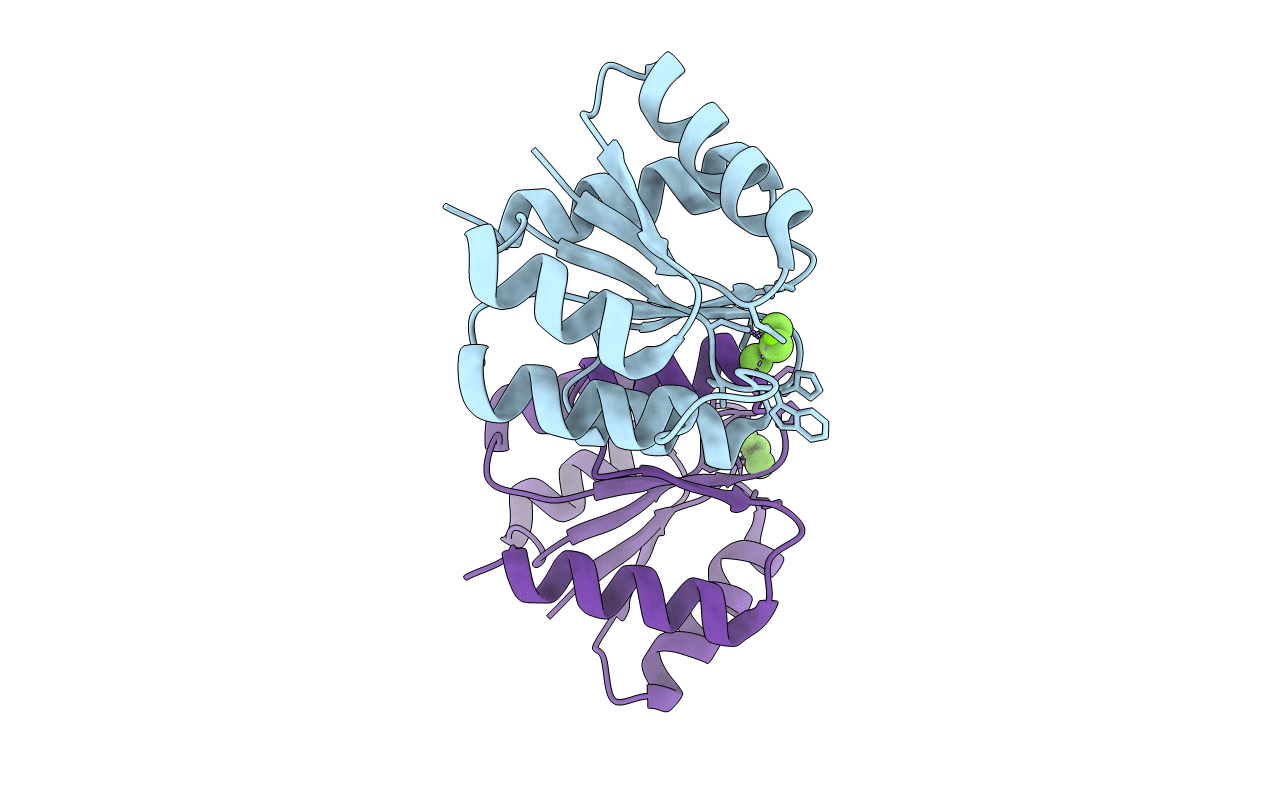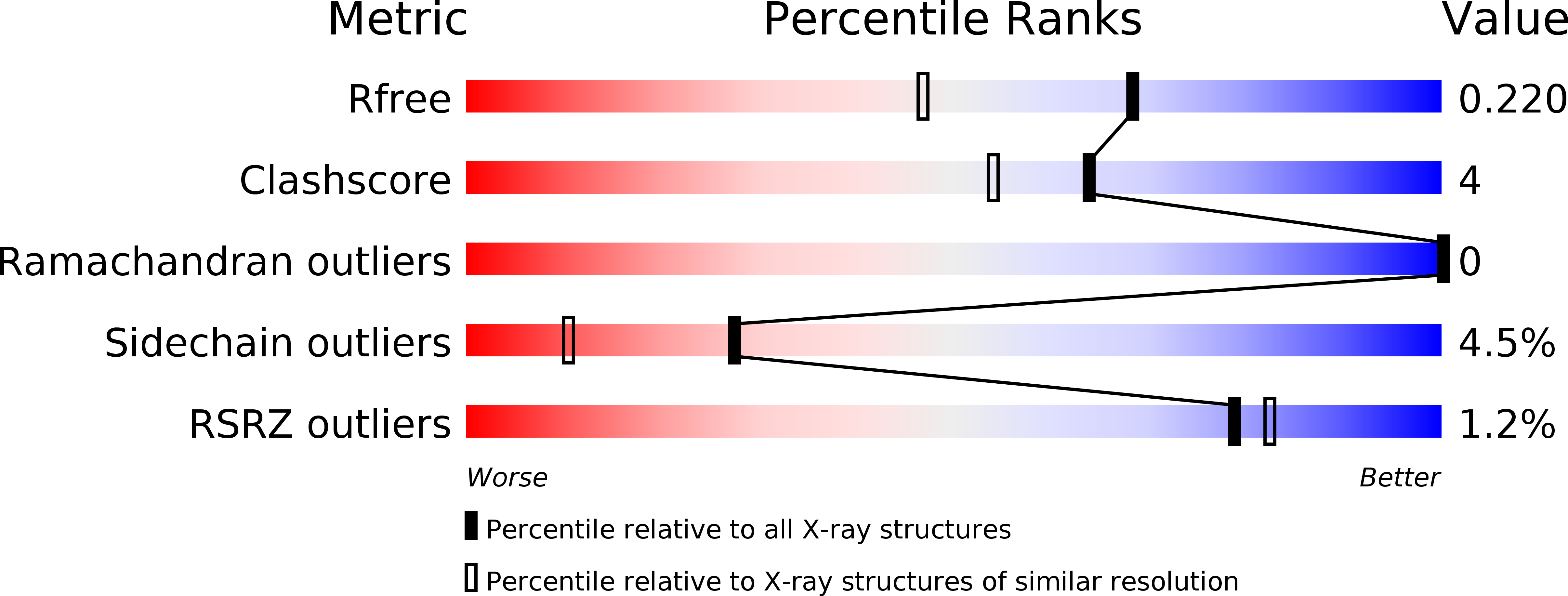
Deposition Date
2014-11-18
Release Date
2015-07-08
Last Version Date
2023-12-20
Entry Detail
PDB ID:
4D6Y
Keywords:
Title:
Crystal structure of the receiver domain of NtrX from Brucella abortus in complex with beryllofluoride and magnesium
Biological Source:
Source Organism:
BRUCELLA ABORTUS (Taxon ID: 235)
Host Organism:
Method Details:
Experimental Method:
Resolution:
1.70 Å
R-Value Free:
0.20
R-Value Work:
0.18
R-Value Observed:
0.18
Space Group:
P 1


